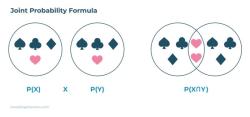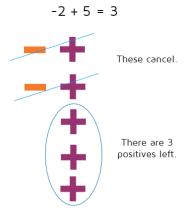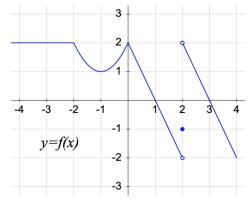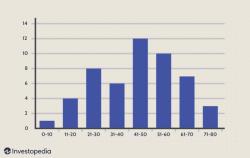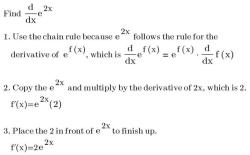What are real life examples of a piecewise function?
Piecewise functions have various practical applications in real-life scenarios, where different rules or conditions apply to different parts of a system or situation. Here are some real-life examples of piecewise functions:
Taxation: Tax systems often use piecewise functions to calculate taxes. Different tax rates or rules apply to different income ranges. For example, in a progressive tax system, one tax rate may apply to income up to a certain threshold, while a higher rate applies to income above that threshold.
Utility Bills: Your monthly utility bills, such as electricity or water, may use piecewise functions to determine the cost. The rate per unit of consumption may change after reaching a certain usage level.
Shipping Costs: Shipping companies may charge different shipping rates based on the weight or dimensions of a package. A piecewise function can describe how the shipping cost varies with weight or size.
Car Insurance: Auto insurance premiums can be modeled using piecewise functions. Different rates may apply to drivers based on factors like age, driving history, and the type of vehicle.
Temperature Conversion: Converting between Celsius and Fahrenheit temperatures involves a piecewise function. Different formulas are used depending on whether you're converting from Celsius to Fahrenheit or vice versa.
Loan Interest: The calculation of loan interest can involve piecewise functions. For example, a fixed interest rate might apply to the principal amount for a certain period, and then a different rate may apply to any remaining balance.
Math Test Scoring: In educational testing, piecewise functions may be used to determine scores. Different scoring rules can apply to different sections of a test, with some sections contributing more to the overall score than others.
Traffic Flow: Traffic flow models often use piecewise functions to describe how traffic behaves at different levels of congestion. The relationship between traffic density and traffic speed can change in congested conditions.
Stock Market Trading: Traders may use piecewise functions to create trading strategies. Different rules or algorithms may apply when a stock's price is rising versus when it's falling.
Production Costs: Manufacturing companies may use piecewise functions to model production costs. Costs may increase at different rates as production volume changes due to economies of scale or other factors.
Healthcare Costs: Healthcare billing can involve piecewise functions. Different insurance plans or billing structures may have varying rates and co-pays for different types of medical services.
These are just a few examples, and piecewise functions can be applied to many other areas where rules or conditions change at specific points or intervals. They provide a flexible way to model complex real-world situations with different behaviors in different circumstances.
Piecewise functions are a versatile tool that can be used to model a variety of real-world phenomena. Here are a few examples:
- Shipping costs: Shipping companies often use piecewise functions to calculate shipping costs. For example, a company might charge a flat rate for packages that weigh less than a certain amount, and then charge an additional fee for each pound of weight over that amount.
- Tax rates: Tax rates are often piecewise functions. For example, a government might tax income at different rates depending on the amount of income earned.
- Utility bills: Utility bills are often piecewise functions. For example, an electric company might charge a flat rate for a certain amount of electricity usage, and then charge an additional fee for each kilowatt-hour of electricity used over that amount.
- Insurance premiums: Insurance premiums are often piecewise functions. For example, an insurance company might charge a higher premium for younger drivers, or for drivers with a history of accidents.
- Cellular phone plans: Cellular phone plans are often piecewise functions. For example, a cellular phone company might charge a certain amount for a certain amount of data usage, and then charge an additional fee for each gigabyte of data used over that amount.
Here is a specific example of how a piecewise function can be used to model a real-world scenario:
Suppose a company charges a flat rate of $10 for shipping packages that weigh 10 pounds or less, and then charges an additional $2 per pound of weight over 10 pounds. This can be modeled by the following piecewise function:
f(x) =
{
10, if x <= 10
10 + 2(x - 10), if x > 10
}
where x is the weight of the package in pounds and f(x) is the shipping cost in dollars.
To find the shipping cost for a package that weighs 12 pounds, we would simply substitute x = 12 into the piecewise function:
f(12) = 10 + 2(12 - 10) = 14
Therefore, the shipping cost for a package that weighs 12 pounds is $14.
Piecewise functions can be a complex topic, but by understanding the basics, you can gain a deeper understanding of how math is used to model the real world.








